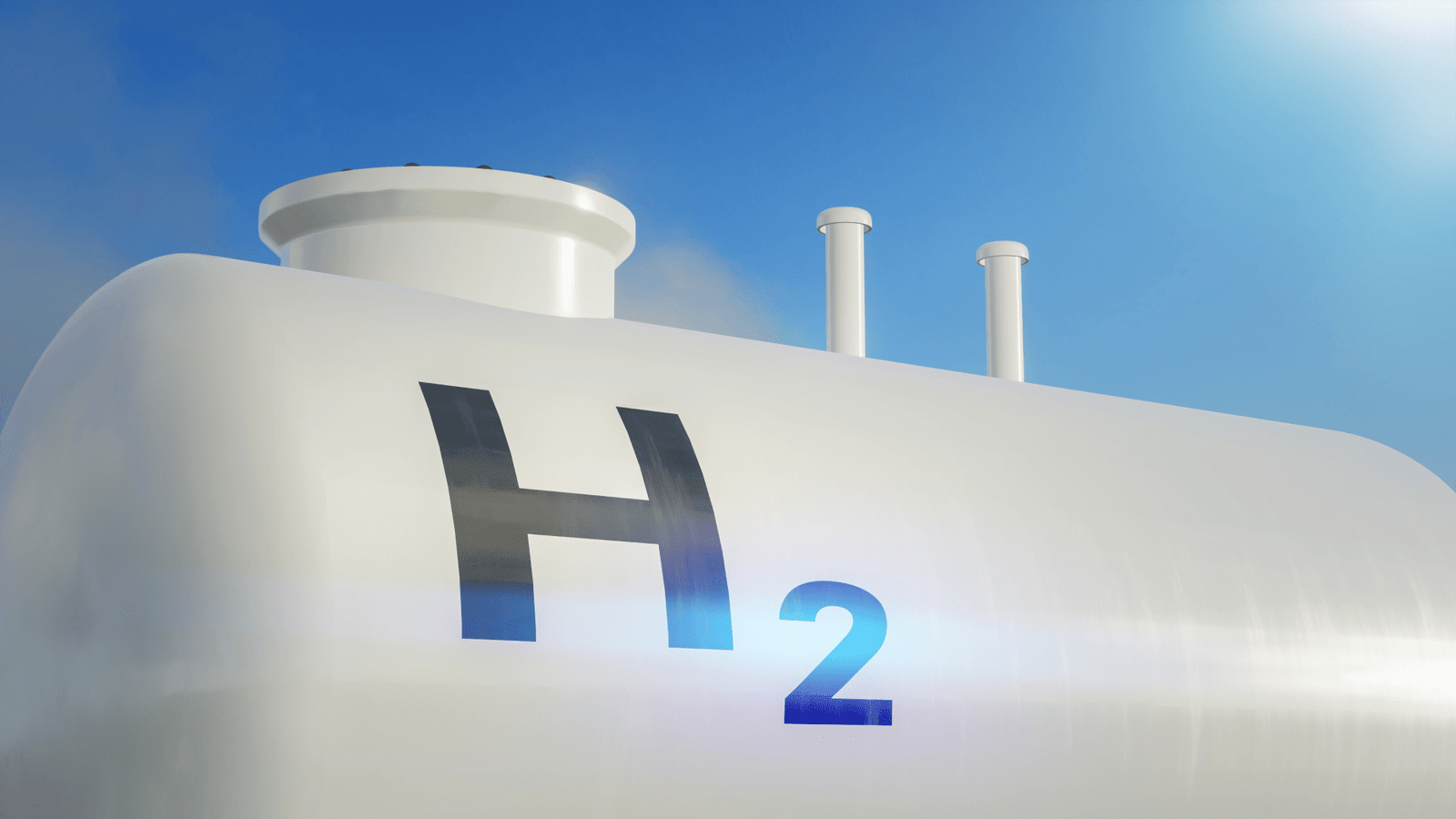
The hydrogen market in India is predominantly grey hydrogen, produced from natural gas, accounting for about 5.6 million tonnes annually, which is nearly 6 per cent of global consumption. However, India aims to transition to green hydrogen, produced using renewable energy, to support its low-carbon economy goals.
The National Green Hydrogen Mission (NGHM) launched by the Government of India (GoI) aims to establish at least 5 million tonnes of green hydrogen production capacity by 2030, potentially expanding to 10 million tonnes for exports.
India’s grey hydrogen market, valued at approximately INR 696.75 billion to INR 820.30 billion, primarily serves the fertilizer and refining industries. The fertilizer industry consumes around 3 million tonnes of grey hydrogen, making up 54 per cent of domestic demand. These sectors are expected to drive initial demand for green hydrogen as the country aims to replace grey hydrogen with its greener counterpart.
Beyond fertilizers and refining, sectors such as steel, mobility, and shipping are identified for green hydrogen uptake in the NGHM’s second phase (FY 2026-2030). While these sectors are currently less economically viable for green hydrogen use, technological advancements and economies of scale could drive demand in the long term, potentially by 2050. Pilot projects and infrastructure development in these areas could demonstrate green hydrogen’s viability and scale its use.
Policy Landscape
Green Hydrogen Policy (GHP) 2022:
Defines green hydrogen, outlines a roadmap for demand generation and production capacity targets, and identifies key enablers like infrastructure development, supply chain optimization, and government incentives.
Strategic Interventions for Green Hydrogen Transition (SIGHT):
Announced in June 2023, SIGHT provides financial incentives for manufacturing electrolysers and producing green hydrogen and ammonia, boosting domestic manufacturing and reducing import reliance.
State-Level Policies:
Several states, including Maharashtra, Uttar Pradesh, Andhra Pradesh, Rajasthan, Odisha, and West Bengal, have released their green hydrogen policies. These policies set regional targets and offer incentives to attract investments, such as electricity provision and other benefits, to encourage the establishment of green hydrogen production units.
Key regions like Gujarat, contribute 30 per cent to the country’s grey hydrogen consumption. Coastal states such as Odisha, Tamil Nadu, and Gujarat, with strong renewable energy potential and port infrastructure, are well-positioned to develop green hydrogen hubs for domestic consumption and exports.
With global demand for green hydrogen projected to reach 51 million tonnes by 2030, countries like Japan, Singapore, and South Korea have expressed interest in importing green hydrogen, aligning with India’s export ambitions. Indian firms are exploring these opportunities, with several export-oriented green ammonia projects underway.
Developing an enabling ecosystem is needed, including infrastructure for storage and transportation, manufacturing capabilities for electrolysers, and renewable energy equipment. Green hydrogen hubs strategically located near demand centres or ports can optimize infrastructure and support India’s leadership in the global green hydrogen market.
Market Dynamics
India’s grey hydrogen market is dominated by the fertilizer and refining industries, which together account for 98 per cent of domestic grey hydrogen production. The remaining share is commercially traded and used in applications such as glass making, laboratory research, and pilot projects. The fertilizer and refining industries have seen only marginal growth in grey hydrogen consumption over the past decade, with a CAGR of approximately 1 per cent since FY 2015. However, future projections suggest significant demand increases. If sectoral production capacity targets are met, hydrogen consumption in these industries could double to nearly 10.6 MTPA by FY 2030. The fertilizer industry aims to increase domestic production to reduce imports, while the refining industry plans to expand capacity by establishing new refineries across the country. Similar growth is expected in the petrochemicals sector, where consumption may rise to 1.3 MTPA.
The electricity sector plays a crucial role in the transition to green hydrogen. The operational expenditure (Opex) involved in solar and wind electricity production impacts the overall cost of green hydrogen. Solar electricity has an Opex ranging from INR 2 to INR 3 per kWh, while wind electricity’s Opex is slightly higher, around INR 3 to INR 4 per kWh. These costs significantly influence the economics of green hydrogen production, as electricity constitutes about 60-70 per cent of the total production cost of green hydrogen. Open access rates for renewable energy vary between states but are generally designed to incentivize green energy use. For instance, Maharashtra provides lower transmission charges for renewable energy projects, making green hydrogen production more economical. Similarly, Rajasthan offers reduced transmission costs, supporting the establishment of green hydrogen production units. The Central Transmission Utility of India Limited (CTUIL) has introduced streamlined procedures for renewable energy transmission, aimed at reducing both cost and time for green hydrogen projects. These measures include faster approval processes and lower transmission fees.
India’s green hydrogen sector is at a pivotal juncture with strong policy support, significant industry interest, and promising export opportunities. The transition from grey to green hydrogen, driven by the fertiliser and refining industries, and developing a comprehensive enabling ecosystem will be essential for India to achieve its green hydrogen ambitions and contribute to global decarbonization efforts.
For further reading, refer to the source: Financing Green Hydrogen in India, by the Indian Council for Research on International Economic Relations (ICRIER) and Council on Energy, Environment and Water (CEEW).
